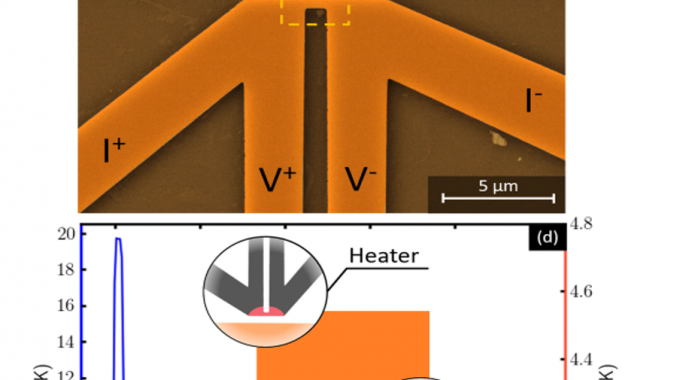
Statistics of thermomagnetic breakdown in Nb superconducting films
Authors: Blanco Alvarez, J. Brisbois, S. Melinte, R. B. G. Kramer and A.V. Silhanek
Sci. Rep. 9, 3659 (2019).
Abstract: Superconductors are well known for their ability to screen out magnetic fields. In type-II superconductors, as the magnetic field pressure is progressively increased, magnetic flux accumulates at the periphery of the sample, very much like charges accumulate in a capacitor when voltage is increased. As for capacitors, exceeding certain threshold field causes the blocked magnetic flux to abruptly penetrate into the sample. This phenomenon, triggered by a thermomagnetic instability, is somewhat analogous to the dielectric breakdown of the capacitor and leaves behind a similar Lichtenberg imprinting. Even though electrical breakdown threshold has been extensively studied in dielectrics, little information is known about the statistical distribution of the thermomagnetic breakdown in superconductors. In this work, we address this problem by performing magneto-optical imaging experiments on a Nb film where nanometric heating elements are used to rapidly erase the magnetic history of the sample. We demonstrate that the size and shape distributions of avalanches permits to unambiguously identify the transition between two regimes where either thermal diffusivity or magnetic diffusivity dominates. Clear criteria for discriminating athermal dynamic avalanches from thermally driven avalanches are introduced. This allows us to provide the first precise determination of the threshold field of the thermomagnetic breakdown and unveil the details of the transition from finger-like magnetic burst to dendritic branching morphology. These findings open a new avenue in the interdisciplinary exploration of catastrophic avalanches through non destructive repeatable experiments.
